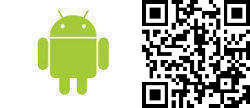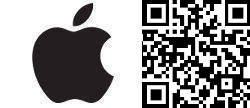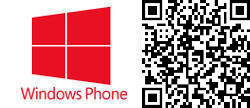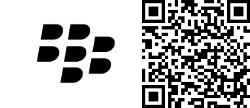Like competing VoIP and messaging apps, BBM can be used over both cellular and Wi-Fi networks to deliver text, voice, and video based messages to others using the same application. Conversations can be initiated via a one-on-one or group setting. Users can sent photos, audio messages, locations, files, and additional content with each message.
With the release of BlackBerry Messenger 7.0 in December 2012, voice chat (BBM Voice) was introduced. In May, the company announced that BlackBerry Messenger would be ported to Android and iOS, bringing BBM in line with other cross-platform messaging apps. Both versions of the app were planned to officially roll out in September 2013 but those plans were later scrapped due to technical issues.
BlackBerry Messenger officially launched for both iOS and Android on October 21, 2013, exactly one month after it was initially set to launch.The app amassed 10 million downloads in the first 24 hours of its availability.
BBM was initially hinted for eventual release on Windows Phone in September 2013 before being confirmed by Nokia during Mobile World Congress 2014. BBM for Windows Phone entered private beta on July 8, 2014 with a release date set for that same month.
As of October 2013, BBM had 80 million users worldwide, with 20 million daily active users added in the first week of Android and iOS availability. By September of 2014, this number had grown to 91 million.







